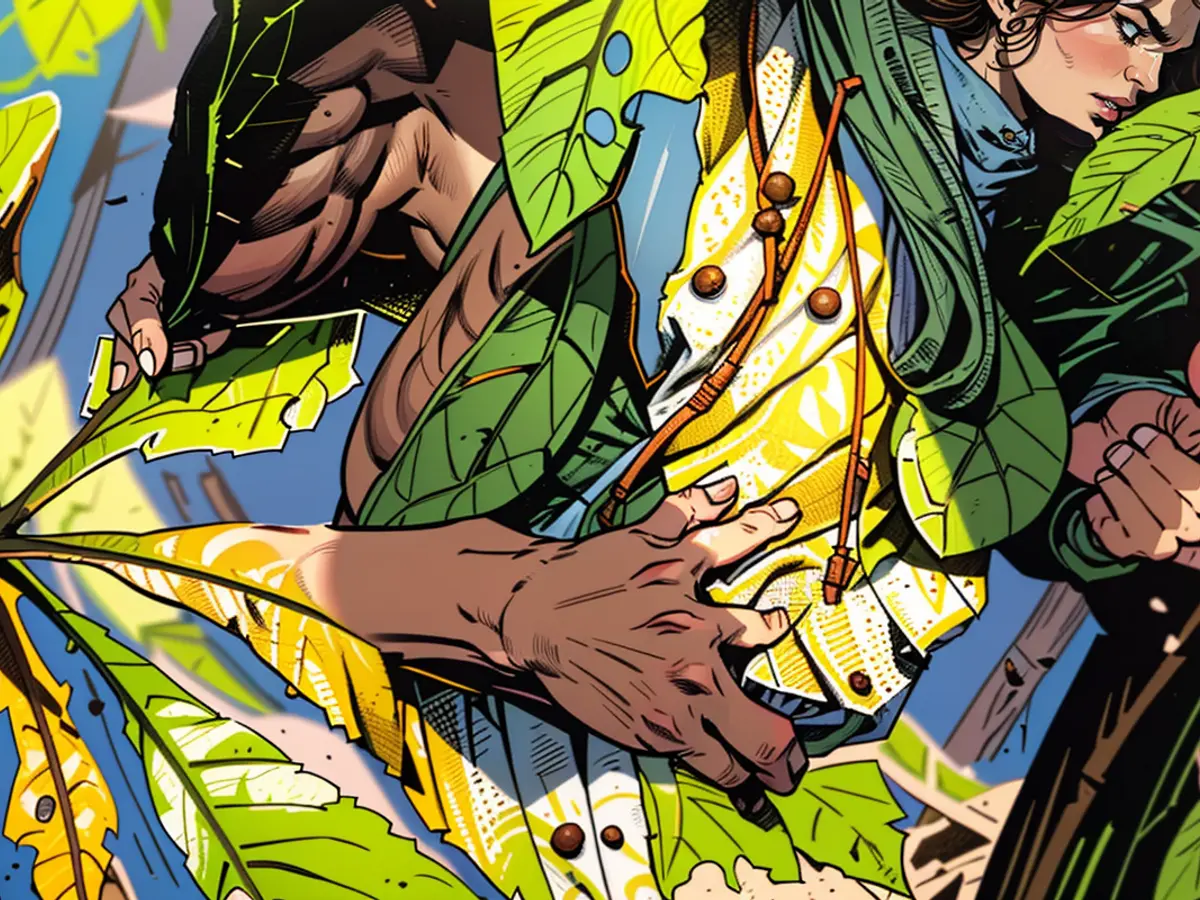- Tiny pest with immense appetite: the minute fly poses threat to chestnut forests
Beneath numerous horse chestnut trees, the initial layers of fallen leaves are visible. This isn't a result of scorching, sun-kissed days, but rather an issue that has been troubling these trees for years. As Olaf Zimmermann, an entomologist at the Agricultural Technology Centre Augustenberg in Karlsruhe, explains, this year, the infestation by leaf-mining moths is particularly prominent.
Throughout Germany, the white-flowered horse chestnuts lining streets, parks, and gardens have already shed most of their leaves in the summer, with the remaining ones turning brittle and lifeless. A typical sign is the discoloration and early shedding of leaves in the latter half of August, as Roland Mühlethaler, from the Nature Conservation Union (Nabu), explains. Due to climate change, natural processes are now occurring earlier in the year.
Drought intensifies the problems
According to Mühlethaler, drought, in conjunction with the horse chestnut leaf miner, is causing significant damage to the horse chestnut. "Trees that are under stress from drought are more vulnerable to pests," explains the Nabu expert. In northeastern Germany, this issue is particularly prevalent after several years of severe drought. "The trees take a long time to recover from this, and many have also perished."
Although the horse chestnut is a Mediterranean tree, it requires adequate moisture to thrive. "Multiple dry years, combined with a strong pest infestation, can lead to long-term decline and death," says Mühlethaler.
Unwelcome addition
The disappearance of this introduced species is not causing significant distress to the native ecosystem. Native trees are generally preferred for planting.
Horse chestnut leaf miners (Cameraria ohridella) are small, orange-striped moths that lay their eggs on the upper sides of chestnut leaves. After about three weeks, larvae hatch, which proceed to consume the interior of the leaves over the following weeks, according to Nabu. This rapid wilting of leaves weakens the tree, making it more susceptible to other stresses. In mild winters, a high number of the moth's larvae survive.
The wilting of the leaves hinders the tree's ability to produce energy through photosynthesis. Over time, this weaknesses the tree and makes it more vulnerable to other pressures.
Easy solution
You can aid your garden's horse chestnut by employing a straightforward method: meticulously collecting and disposing of the leaves. This eliminates the larvae within the leaves, preventing new moths from emerging.
Only white-flowered horse chestnuts (Aesculus hippocastanum) are affected, while red-flowered ones (Aesculus carnea) remain unaffected.
Since the 17th century, horse chestnuts have been cultivated in Europe due to their attractive foliage and flowers, as reported by Nabu. Since 1989, the leaf miner has spread across almost the entire continent, most likely originating from inaccessible gorges on the Balkans.
The damage to the horse chestnut trees is not only caused by the leaf-mining moths but also by drought, which makes the trees more vulnerable to pests. (According to Mühlethaler)
The horse chestnut leaf miner, a small orange-striped moth, lays its eggs on the leaves, leading to significant wilting and weakening of the tree. (As explained by Nabu)






